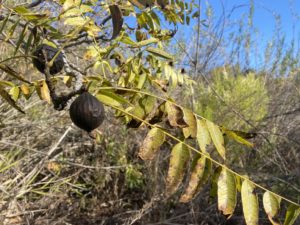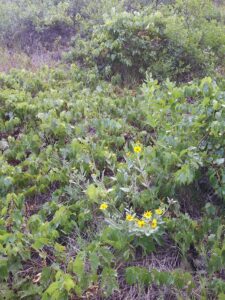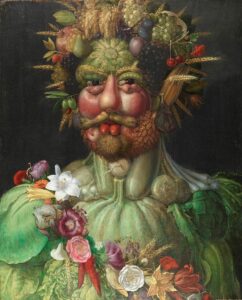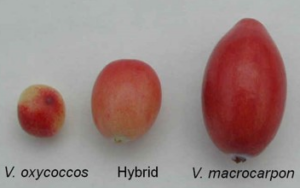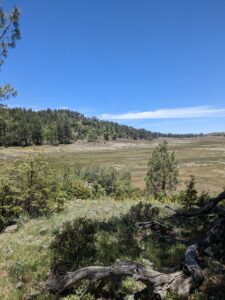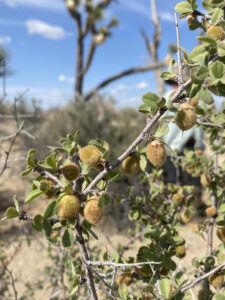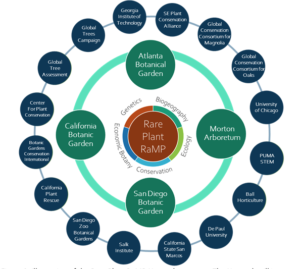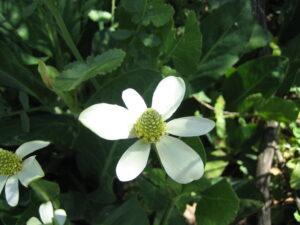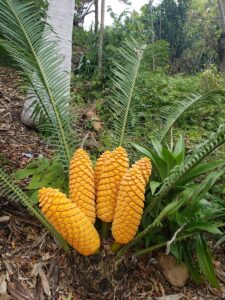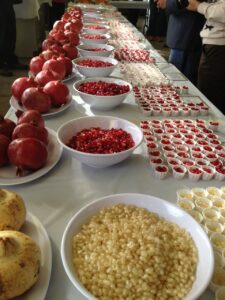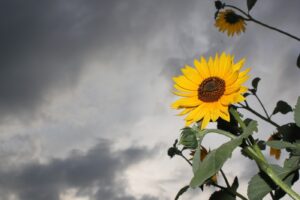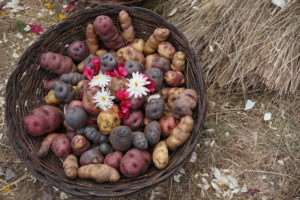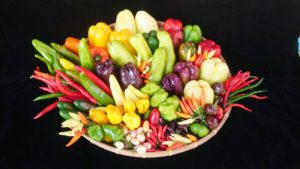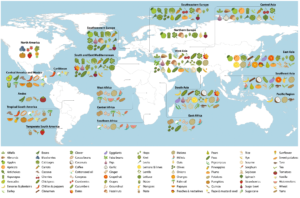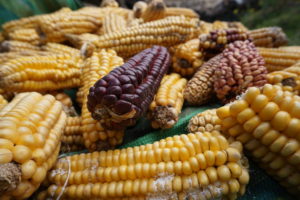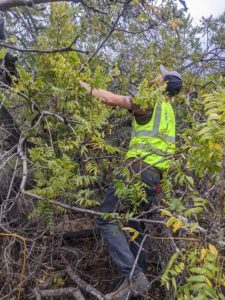Climate change mitigation, genomics, and other collaborative projects with the Salk Institute for Biological Studies
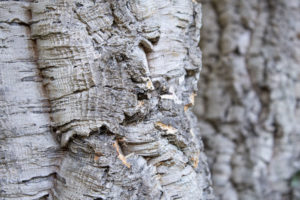
Scope of work: SDBG is collaborating with the Salk Institute to examine the genomes of interesting plants in the Garden, conduct joint research, and contribute to related educational activities. Through this work, the cork oak (Quercus suber L.) genome was sequenced for the first time. Cork oak is particularly good at capturing carbon dioxide from the atmosphere and storing it as a substance called suberin. Suberin is highly unlikely to break down under most circumstances, so the suberin in cork roots is able to sequester CO2 underground for a very long time. Since all plants produce suberin, SDBG and Salk are working to understand how widely-grown crop plants, like corn and soybean, could manufacture more suberin in their roots.
The Garden is also working with Salk to sequence species of the ocotillo genus (Fouquieria Kunth). These plants have fascinating adaptations to desert life, including unique regulation of photosynthesis, and this research will contribute to understanding how photosynthesis is optimized in the driest climates. SDBG has an ongoing partnership with the Salk Institute to share plant tissue of many other species for further genomic study. Genera of interest include Adansonia, Ephedra, Manihot, Melaleuca, Quercus, and Tillandsia.
In March 2020, Salk and SDBG co-hosted a two-day Carbon Plant Drawdown Symposium, where scientific leaders from around the world gathered to present cutting-edge, plant-based innovations that use photosynthesis to mitigate the impacts of climate change.
Timeframe: 2019 to present
Funding source(s): Funders of the Harnessing Plants Initiative
Key partners and stakeholders: Salk Institute
